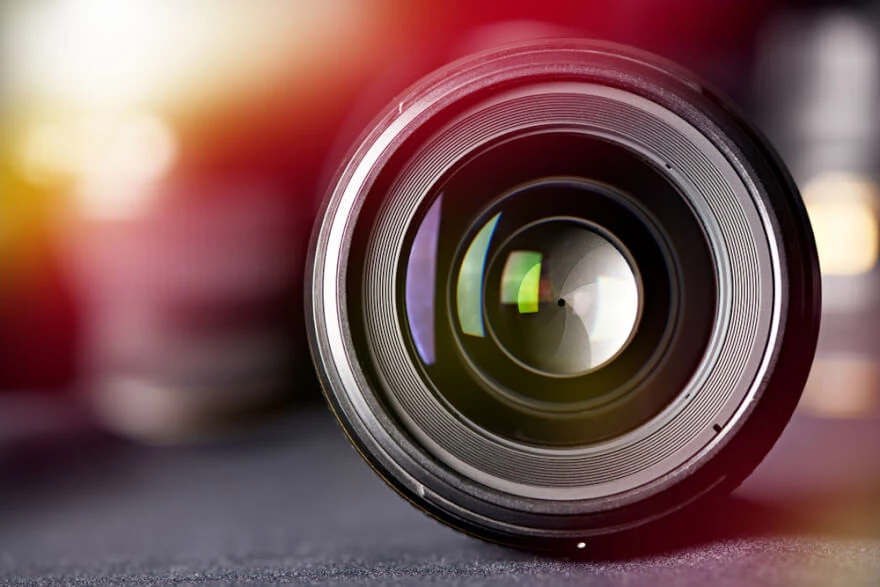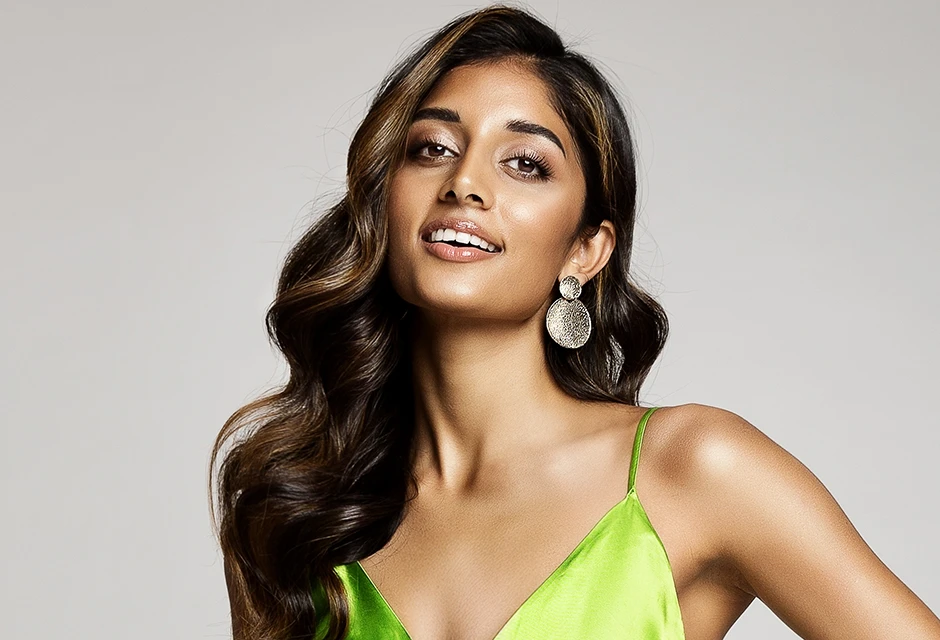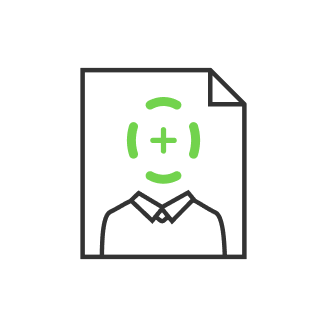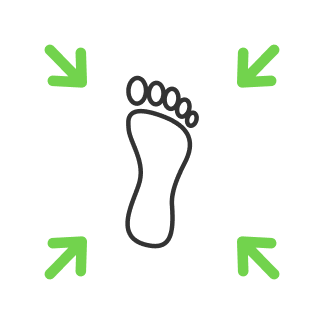What is Focal Length in Photography

- Focal Length Definition
- What is a focal length (FL) for other key factors of photography?
- Understand Focal Length in Steps:
- 1. Learn the effect of FL on the image scale
- 2. Remember the effect of FL on blur degree
- 3. Get to know various options for FL and perspective
- 4. Choose resulting images before pressing the shutter
- 5. Learn key tips to capture various frames, using this chart
- What do you need to remember about the focal length?
Sometimes it is not that easy to discover what is the key element of success in every art. Of course, natural talent and skills play a huge role. But there are some basic steps to learn and keep in memory all the time if you really want to become professional. Only basic settings and manuals will help to make your hobby a real-life activity.
So the moment you have chosen the right brand and model of your camera to start making great shots, you will be definitely interested to know your cam better inside and outside. It is crucial for every art, to know your tools, which help to realize your dreams. In this article, we will definitely talk about one of the key elements of a great photo.

Lens of your camera can be easily called the most important element of any digital device, which has to make photographs. A focal length is the most important characteristic of every lens, despite its cost or size. However, not only beginners and amateurs used to have complete confusion about this characteristic, but sometimes even professionals tend to forget its importance. They cannot understand: for example, is a lens focal length of 24-70 millimeters on a full-matrix camera good or bad? And is 15-44 millimeters on SLR ok or not enough? Is 7.1-28.4 millimeters on the simplest device very little or not?
Focal Length Definition

Well, let's see what focal length means and what can happen when figures change.
The lens is a system consisting of several lenses of min and max lens size, connected with the unique need to capture the right moment. The image of the object is captured, refracted there and reduced to single points at a certain distance from the back of the lens. This is a focal point definition, and the distance from the focus to the lens system is the focal length definition.

So we are coming to a moment to understand, which are the right figures to define this setting. The classic measure is usually applied in millimeters. To understand everything better, let us use an example. Let's say we have a popular brand cam of 35mm. The marking indicated thirty-five millimeters, i.e. camera focal length is constant and equivalent to thirty-five millimeters. It is necessary not to pay attention to other characteristics, because we will consider them later. Another example is 18-55 mm, which means that the focal length is variable. So, turning the zoom ring on the lens, you can change it from eighteen to fifty-five mm. Looking ahead, such lenses are called zoom lenses.

Before proceeding with our tutorial, it is important to mention one of the popular delusions. Sometimes one may say that the focal length explained depends on something. It is absolutely not true. As described above, it is a physical characteristic of the lens, which is incorporated by the designers of every certain digital device. It does not change under any circumstances.
So, before making your decision on an item to use for shooting, consider everything in detail. Talking about comparisons with other parameters that depend on the size of the matrix, remember, the viewing angle is wider, the larger the matrix. Here we will take a certain size of the matrix and all the changes in parameters will be considered based on the fact that the matrix does not change. In order to avoid confusion at different FLs, depending on the size of the matrix, effective FL was adopted, which recalculates the FL in the equivalent of a full-frame camera.
What is a focal length (FL) for other key factors of photography?

Attention! We are approaching a critical part of our subject. If you understand what will be discussed below, you will make yourself an excellent foundation for understanding the composition, which is extremely important. If not, then it is better to read and practice more.
Parameters that are affected by the FL:
- viewing angle;
- image scale;
- blur degree and DOF;
- perspective (indirectly).
Start acquaintance with the effect of focal length(FL) on the viewing angle
It is important to start with the angle. When we make the FL increase, then the viewing angle decreases, and vice versa, the shorter the FL, the wider the viewing angle.
The more surrounding space we want to capture in the frame, the more wide-angle with a smaller FL should be the lens.
Conversely, if you want to shoot a relatively distant object, it is better to prefer a telephoto lens with a long FL.
Understand Focal Length in Steps:

1. Learn the effect of FL on the image scale
In fact, it is interrelated with the first paragraph. The larger FL, the larger will be the object or model you are facing. It is considered that such a lens will give a larger zoom.
Let us talk about an example. We are standing still without movement, and we are shooting a person at a distance of ten meters with a wide-angle lens with an eighteen millimeters FL. We get a photo of a person his entire height and much space around the edges. By changing the lens to another, for example, with 85mm, we also get a full-length image of a person, but now there will be less empty space around, and the person will be bigger. As a result, we get the image on a larger scale and cropped empty areas.
2. Remember the effect of FL on blur degree

It is possible that you have already heard about this and know that the greater the FL, the more blurred the background. That is why portrait professionals are so fond of tele-lenses with a long FL.
It is worth mentioning that as the FL increases, the depth of the field (DOF) will become less, thereby creating a blur. For some newbies, a DSLR is associated with the possibility of a strong blurring of the background. In fact, blurring the background is not always useful. Of course, we have all the attention focused on the subject, but there is nothing else in the picture! In many cases, it is better that details of the background are still sharp.
3. Get to know various options for FL and perspective

Let's take a practical look at the difference between frames taken with a particular FL. Obviously, the smaller the FL, the bigger range of objects and details are located in the frame, and the greater the FL, the closer the lens brings closer objects.
Small FLs are used for all kinds of photography: landscapes, architecture, large groups of people. Long FLs are used for shooting, for example, animals and birds, for sports shooting, when you need to catch close-ups of some spectacular frames.
The focal length of 50 mm approximately corresponds to the viewing angle of the human eye (46 °).
4. Choose resulting images before pressing the shutter

Lenses with a FL of less than 35 mm are called wide-angle. With its help, it is convenient to shoot nature and architecture, but it should be kept in mind that the wider the angle (the smaller the FL), the greater the distortion caused by optics will be present in your photographs. For example, if you shoot high buildings with a lens of a FL of 24 mm, then closer to edges on the right and left, the building will look like tilted.
Lenses with a FL of less than 20 mm are called super wide-angle, and they greatly distort the image. There is also a separate type of lens with the fisheye effect.
5. Learn key tips to capture various frames, using this chart

Less than 21 mm ultra wide – architecture, landscapes
21-35 mm wide – architecture, landscapes
35-70 mm normal – genre photography, portraits
70-135 mm long focus – photos portraits, genre photography
135-300 and more telephoto lenses – sport, nature.
What do you need to remember about the focal length?

- The FL is the distance between the optical center of the lens and the camera matrix.
- Measured in mm.
- The FL is determined by the designers of the lens. It does not depend on the camera, aperture, flash or other technical settings.
- Affects the viewing angle and zoom, allowing you to "move away" or "zoom in" objects, which are located too far.
- Affects the degree of blur and depth of field.
- Affects the perspective of the image.
- At longer FL, it is more difficult to shoot with hands.
- The FL greatly influences the final result, so it is important to learn how to “feel” it and choose the right one for specific purposes.

Just go outside and try to shoot, for example, landscapes with different FL, being at the same point. And observe how objects approach, how geometric appeal changes. Shoot nearby objects, such as a tree branch. You can not even capture, but simply change the FL (if you have a zoom lens) and watch the changes in the viewfinder. This comparison is useful to learn important hacks for work in confined spaces with various options.
After some time and practice, you will become so accustomed to your camera and lens, that you will determine the result without looking in the viewfinder. Obviously, detailed diagrams and illustrations can play an important role in your photographic education, but leave space for practicing as much as possible.
Co-founder of RetouchMe. In addition to business, he is passionate about travel photography and videography. His photos can be viewed on Instagram (over 1 million followers), and his films can be found on his YouTube channel.
Moreover, his profile is featured on the most popular and authoritative resource in the film industry — IMDb. He has received 51 international awards and 18 nominations at film festivals worldwide.

with RetouchMe














